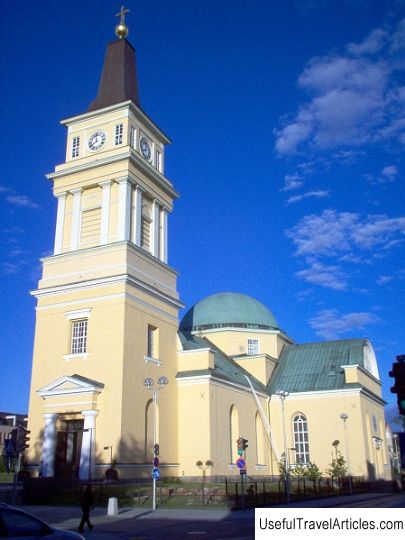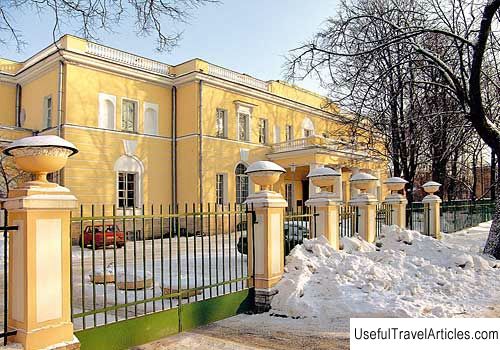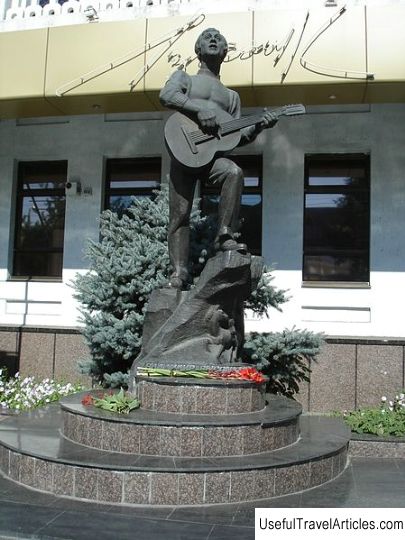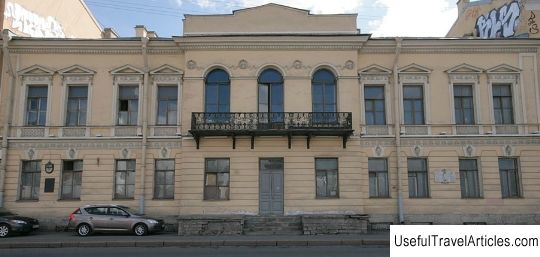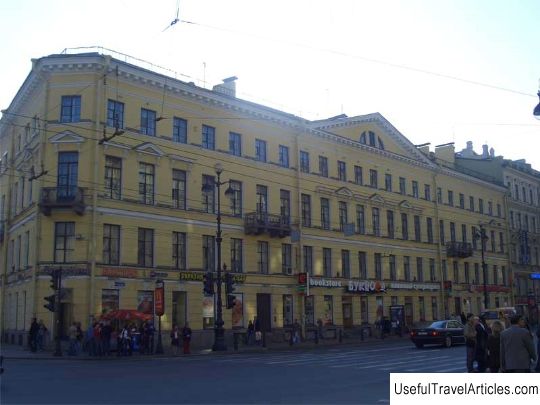Kochubei's Mansion (House with the Moors) description and photos - Russia - Saint Petersburg: Saint Petersburg
Rating: 9,4/10 (1930 votes) 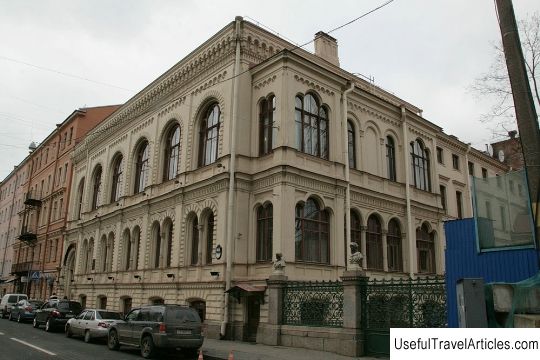
Kochubei's Mansion (House with the Moors) description and photos - Russia - St. Petersburg: St. Petersburg. Detailed information about the attraction. Description, photos and a map showing the nearest significant objects. Photo and descriptionIn the center of St. Petersburg, near the stations Nevsky Prospekt and Gostiny Dvor on Konnogvardeisky Boulevard at number 7, there is Kochubei's mansion, which is often called because of the figures of oriental beauties that adorn the facade lattice House with the Moors. In the 18th century, the quarters between the present Konnogvardeisky Boulevard and Galernaya Street were occupied by the Spinning Yard, which was under the authority of the Admiralty Shipyard. Over time, the building of the Spinning Yard rope factory was converted into barracks for sailors. During the construction of the residence of Prince Nikolai Nikolaevich, they were destroyed. After its closure, the other part of the Spinning Yard was divided into plots, which were allocated for residential buildings. In 1850, one of these plots was acquired by the merchant Solodovnikov. He built a 3-storey stone house, which in 1852 was bought by a full state councilor, a member of the board of trustees, Prince M.V. Kochubei. The surname Kochubey has a long history. The founder of the clan is considered to be the Crimean Tatar Kuchuk-Bey, baptized in the 17th century. His descendants served at the court, played a noticeable political role. During the reign of Nicholas I, the Kochubey family was given a princely title. After purchasing the house and plot, Prince Mikhail Viktorovich Kochubei decided to rebuild and reconstruct the building. To do this, he turned to the famous German architect Harald Bosse. Taking into account the refined taste of Prince Kochubei, Bosse turned to the style of the early Italian Renaissance in his work, introducing elements of eclecticism into the project. The project was ready by August 1853 and was personally approved by Emperor Nicholas I. The construction of the mansion was completed in 1857. The building faces the boulevard with a two-story facade, and into the courtyard - with three floors. The basement of the building was granite; the facade was decorated with balconies and columns holding a cast-iron canopy. The building had stove heating and running water. The original lattice with busts of Moorish beauties, which gave the house an exotic look, made a real sensation among the townspeople. The interior of the mansion was also of great artistic interest. In some rooms, caryatids and molding made according to Bosset's sketches have survived to this day. Contemporaries marveled at the carvings on oak doors and the decor of fireplaces. The walls of the dining room were paneled with oak. The painting of the plafonds is of great artistic value. In 1867 the mansion was sold by Prince Kochubei to the merchant of the first guild Fyodor Rodokonaki. He rebuilt the house to his liking. The reconstruction project was drawn up by the academician of architecture K.F. Muller. In 1868, a floor was built over the outbuilding in the courtyard, and new outbuildings appeared. The winter garden was converted into a ceremonial dining room. However, despite the internal changes, the exterior of the mansion remained intact by the new owner. After the revolution in 1917, the mansion was nationalized. A military tribunal was located here. The ventilation ducts and outlets of the ovens were completely cemented, the wings and cellars were redesigned. In the 60s of the XX century, a new reconstruction of the building took place. The Institute of Beauty is located here. In 1987, the House with the Moors was taken under state protection as an architectural monument, and the clinic was moved to another place. In 1990 g. in the first open competition for the best program for the use of the building, the team of Ikar CJSC won. In 1993, its restoration began - the first in Russia, carried out not at the expense of the state. The mansion was restored and became a citywide private cultural center. In 1994, the House with the Moors received the status of a monument of federal significance. Nowadays, the Kochubey mansion houses a number of commercial and public organizations: Ikar CJSC, the 300 Years of St. Petersburg club and others.           We also recommend reading Terrace-pier in the Palace Park description and photo - Russia - Leningrad region: Gatchina Topic: Kochubei's Mansion (House with the Moors) description and photos - Russia - Saint Petersburg: Saint Petersburg. |
